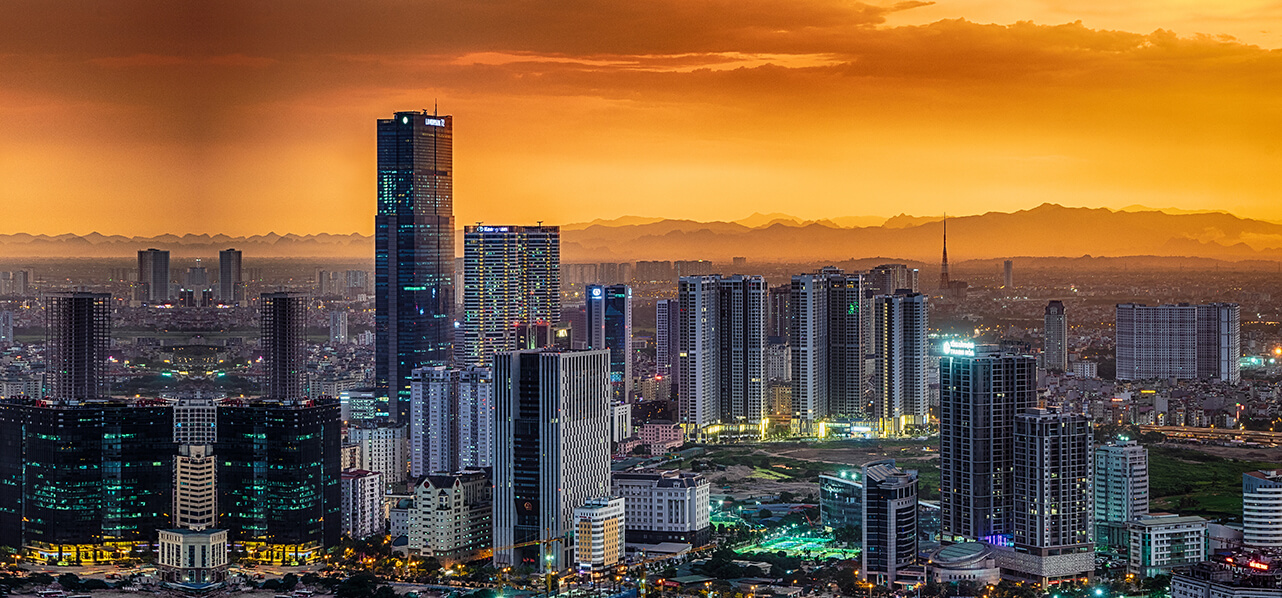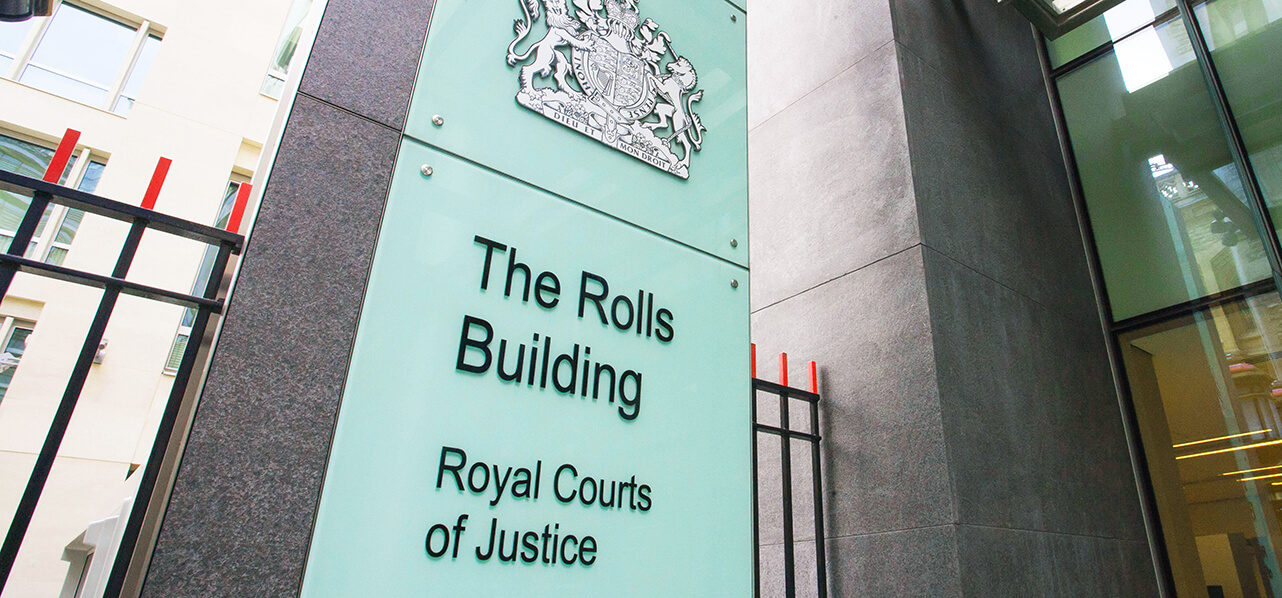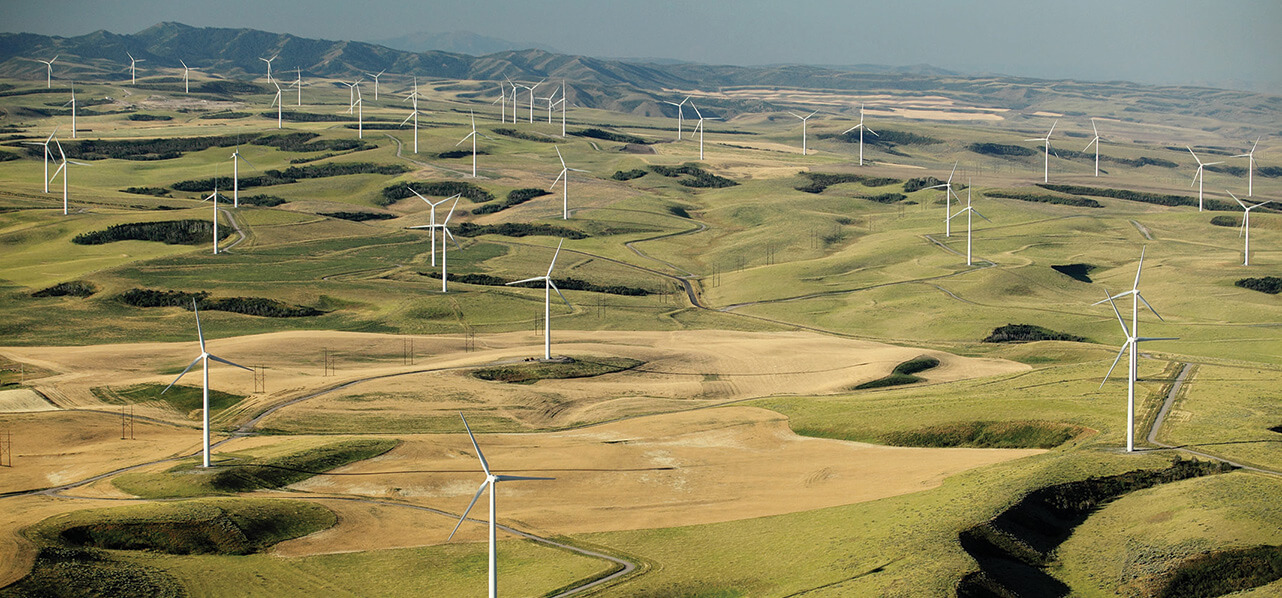Partner Rome
"The decree's objective... the installation of 1.04 GW of additional energy production capacity from agrivoltaic plants in Italy by 30 June 2026"
Agrivoltaic plants represent a concrete solution for achieving Italy’s energy transition goals, offering advantages to both the agricultural and energy sectors. This was recognised from regulatory perspective in a draft decree published by the Ministry of the Environment and Energy Safety (“MASE”) of 14 April 2023, subsequently transmitted to the European Commission for approval.
News on the agrivoltaic sector
On 10 November 2023, the European Commission gave the green light to the approval of the draft ministerial decree authored the previous spring. It was deemed compatible with EU regulations on state aid and, therefore, eligible for circa €1.7bn in EU subsidies on the basis of a regulatory scheme as approved by the legislator that will last until 31 December 2024.
Following approval from the European Commission, on 22 December 2023, Italian Environment and Energy Security Minister Gilberto Pichetto Fratin signed the decree and submitted it to the Court of Auditors for review.
The decree’s objective remains the same as proposed in April 2023, the installation of 1.04 GW of additional energy production capacity from agrivoltaic plants in Italy by 30 June 2026. There is a clear aim to put both the agricultural and energy sectors at the centre of the decarbonisation process, promoting land recovery for productive use. As stated by MASE, the ultimate goal remains the promotion of innovative technological solutions to ensure “energy production is fully compatible with agricultural activity, thereby improving its profitability“.¹
The wide-spread use of advanced agrivoltaic systems will be promoted through two measures, as specified in a note published on 22 December 2023: the granting of capital contributions and an incentivising tariff based on the quantity of energy fed into the grid. The capital contributions will be financed from the €1bn+ National Recovery and Resilience Plan (“PNRR”), whilst the incentivising tariff, issued by the Gestore dei Servizi Energetici (“GSE”), will result in an estimated annual expenditure of €21m, covered by system charges.
In addition, as also stated by MASE, in order to ensure that agricultural entrepreneurs fully benefit from these incentives, two power quotas are planned of 300 MW and 740 MW respectively. The first will be exclusively dedicated to the agricultural sector plants with a capacity not exceeding 1 MW, with the second open to both the agricultural sector and temporary associations of companies that include at least one entity from the agricultural sector.
In this regard, it should be noted that the European Commission’s green light has not yet been followed by the publication by MASE of an updated draft of the decree, which is expected in the near future. Below is a brief overview of the incentives system and the requirements to them as set forth in the ministerial draft published on 14 April 2023 (the only one available to date).
"It will be crucial to ensure the continuity of farming and/or breeding activity on the land subject to the works to be carried out and the monitoring of, inter alia."
Incentive systems and power quotas
As highlighted above, the draft ministerial decree provides for two power quotas:
- a first 300 MW quota intended only for the agricultural sector for plants of up to 1 MW; and
- a second 740 MW quota for plants of all sizes also open to temporary associations of companies which include at least one subject of the agricultural sector.
In terms of aid, a double benefit is envisaged:
- a capital contribution up to a maximum of 40% of eligible costs (based on a maximum expenditure of €1,700/kW for projects below 300 kW and €1,500/kW above that threshold); and
- an incentive tariff based on energy produced and fed into the grid (set at €93/MWh for plants below 300 kW and €85/MWh for projects above 300 kW).
The GSE, which is responsible for the disbursement of the incentive tariffs, will proceed as follows:
- for plants of less than 200 kW, it will provide for the withdrawal/sale of energy produced, arranging for the disbursement of an all-inclusive tariff; and
- for plants of more than 200 kW, the energy produced will remain at the disposal of the producer, who will autonomously estimate its market value. in such cases, the difference resulting from the tariff payable to market price, will be compensated by the GSE if negative, or by the producer if positive.
Access to the incentives
Access to incentives will be through public procedures, divided into registers and auctions, announced by the GSE over the biennium following the entry into force of the decree at issue. These procedures will take place electronically, adhering to principles of transparency, disclosure, competition, and non-discrimination.
Pursuant to Article 8 of the draft decree, plants in a suitable position in the relevant rankings which will be published by the GSE, will then have to come into operation within 18 months from the date of notification of the outcome of the procedure and no later than 30 June 2026. On the other hand, plants whose construction began before an application to participate in the procedures was submitted will not be allowed access to the incentives.
In addition, according to Article 5, paragraph 3 of the ministerial draft, in order to gain access to the procedures announced by the GSE, eligible plants (i.e., which comply with both the subjective and technical requirements below) must guarantee the following:
Key contacts
"Court of Auditors' approval is expected promptly, and the publication of the finalised decree in the Italian Official Gazette."
- official authorisation for the construction and operation of the plant;
- possession of a final accepted estimate for connection to the electricity grid;
- compliance with the plant requirements set forth in annex 2, letter a) of the same decree;
- proof of continuity of the agricultural and pastoral activities underlying the plant;
- the plants must be new builds and made with new components;
- compliance with national and EU environmental protection standards, as well as with the principle of “do no significant harm” referred to in Article 17 of Regulation (EU) 2020/852; and
- possession of a declaration by a bank attesting to the financial and economic capacity of the participating entity in relation to the scale of the works to be carried out, taking into account its expected profitability and the financial and economic capacity of the corporate group to which it belongs or, alternatively, the commitment of the same bank to finance the intervention.
To access the incentive mechanisms, applicants must offer in their participation application a percentage reduction of no less than 2% on the reference tariff.
Requirements to access the incentives
Subjective requirements
Beneficiaries of the measure are those identified in Article 4 of the ministerial text, i.e.:
a) agricultural entrepreneurs as defined by Article 2135 of the Italian Civil Code, in individual or corporate form, including cooperatives and agricultural companies, as defined by Italian Legislative Decree No 99 of 29 March 2004, as well as consortia set up between two or more agricultural entrepreneurs and/or agricultural companies, agricultural entrepreneurs, including agricultural cooperatives carrying out activities under Article 2135 of the Italian Civil Code and cooperatives or their consortia under Article 1(2) of Italian Legislative Decree No 228 of 18 May 2001, and temporary associations of agricultural companies; and
b) temporary consortia of enterprises including at least one of the entities referred to in (a) above.
The incentives outlined in the draft ministerial decree will be available to plants with a capacity of up to 1 MW owned by the beneficiaries as per a) above, or to plants of any capacity owned by the beneficiaries as per a) and b) above.
Technical Requirements
Access to incentives will be conditional on compliance with both plant and operational requirements. With reference to the former, (i) the minimum surface area dedicated to agricultural activity must no less than 70% of the extension of the land subject to the intervention and (ii) the electricity production of the agrivoltaic plant, compared to the electrical production level of a standard PV system, must be no less than 60% of the latter. In addition, the plants will have to meet the following height requirements and be:
- 1.3m from ground level if they involve livestock (considered as the minimum height in order to allow the passage of livestock); and
- 2.1m from ground level, in the case of other agricultural activity (the minimum height allowing for the passage of machinery).
Lastly, in relation to operational requirements, it will be crucial to ensure the continuity of farming and/or breeding activity on the land subject to the works to be carried out and the monitoring of, inter alia, the microclimate, hydraulic savings and soil productivity.
The Court of Auditors’ approval is expected promptly, and the publication of the finalised decree in the Italian Official Gazette will mark the beginning of the disbursement of incentives for the agrivoltaic sector.
Footnotes
[1] https://www.mase.gov.it/comunicati/energia-pichetto-firma-decreto-su-agrivoltaico-innovativo
Key contacts
Partner Rome
Partner Rome
Partner Rome
Trainee Milan







